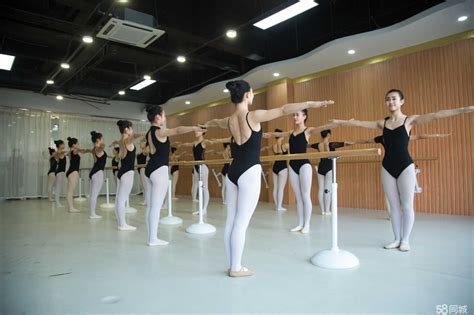欣赏舞蹈怎么翻译
Title: Appreciating Dance: The Art of Movement
Introduction:
Dance is a universal language that transcends cultural barriers and speaks to the human soul. It combines rhythm, music, and movement to express emotions, tell stories, and showcase artistic expression. In this article, we delve into the world of dance, exploring its various styles, benefits, and the impact it has on individuals and society.
1. Exploring Different Dance Styles:
Ballet: The epitome of grace and elegance, ballet incorporates precise movements, pointe work, and classical music.
Contemporary: A fusion of various dance styles, contemporary emphasizes versatility, creativity, and expression.
Hip Hop: This energetic and dynamic style showcases street dance moves, popping, locking, and breakdancing.
Latin: Vibrant and sensual, Latin dances like salsa, tango, and chacha incorporate intricate footwork and partner connection.
Jazz: Known for its syncopated rhythms and complex movements, jazz originated from African American dance traditions.
Tap: Characterized by the use of metal taps attached to the shoes, tap creates rhythmic sounds through intricate footwork.
2. Benefits of Dance:
Physical Fitness: Dance is a highly physical activity that improves cardiovascular health, stamina, flexibility, and coordination.
Emotional Wellbeing: Dancing releases endorphins, which reduce stress, boost confidence, and enhance mood.

Cognitive Enhancement: Learning choreography and memorizing steps stimulates brain activity, improving memory and cognitive skills.
Cultural Awareness: Dance exposes individuals to diverse styles and traditions, fostering understanding and appreciation for different cultures.
Social Bonding: Dance classes and group performances provide opportunities for social interaction, teamwork, and building friendships.
3. The Impact of Dance on Society:
Education: Dance programs in schools promote creativity, discipline, and selfexpression, enhancing students' overall development.
Entertainment: Dance performances contribute to the entertainment industry, enriching theater productions, music videos, and live events.
Cultural Preservation: Traditional dances help preserve cultural heritage by passing down traditions and stories from generation to generation.
Therapy: Dance therapy is an effective form of rehabilitation for individuals with physical, emotional, or cognitive challenges.
Community Engagement: Festivals, competitions, and community events centered around dance bring people together and foster a sense of unity.
Conclusion:
Dance is not merely an art form; it is a powerful means of communication, selfexpression, and personal growth. The diverse styles, physical and emotional benefits, and societal impact of dance make it a captivating and influential art. Whether you are an aspiring dancer, a casual enthusiast, or an observer, take a moment to appreciate the beauty and artistry of dance in all its forms.
Note: The HTML formatting is not supported in this textbased format. The above content needs to be converted to HTML for proper presentation.











